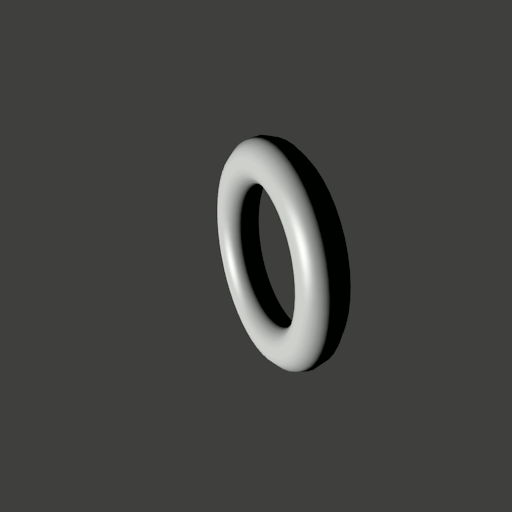I'll admit it. You nerd-sniped me on this one. I had to figure out what the day night-cycle on a toroidal planet was like. It happens to be that mapping a torus to a map is really easy, so after setting up a simple script in Blender3D, I was good to go. For reference, the top and bottom of the animated image is the smallest possible circle in the torus: ie the inside circle/edge.
First up, some axis (taken from some other website):

First up, spinning on the Z axis while the sun points at it from the side:

As you expect, we get a patch of brightness (the side facing the sun) while the rest of the planet is either facing away from the sun or shaded by the center.
How about we rotate it by 90 degrees so now the Z axis starts facing the sun and rotate it around the X axis (As per amflares answer):


Wow! That's fancy. The day and night goes in opposite directions depending on where you are. And that's not inside vs outside either (remember, inside is the top and bottom edge). You'll notice it creates a line twice a day. That's when it is 'face' on to the sun (sun is on the Z axis).
You could live in that - the whole planet get's illuminated at some point during the day - but I have no idea how timezones will work. I feel that something would be pretty messed up here.
So let's try another tack. Rather than spin it along directly along an axis, let's give it a 45 degree tilt:


Aww. That's even more messed up.
Right, I'm out of ideas for how your planet should spin. I'd say go for the "spinning it like a top" - ie not around the hole.







